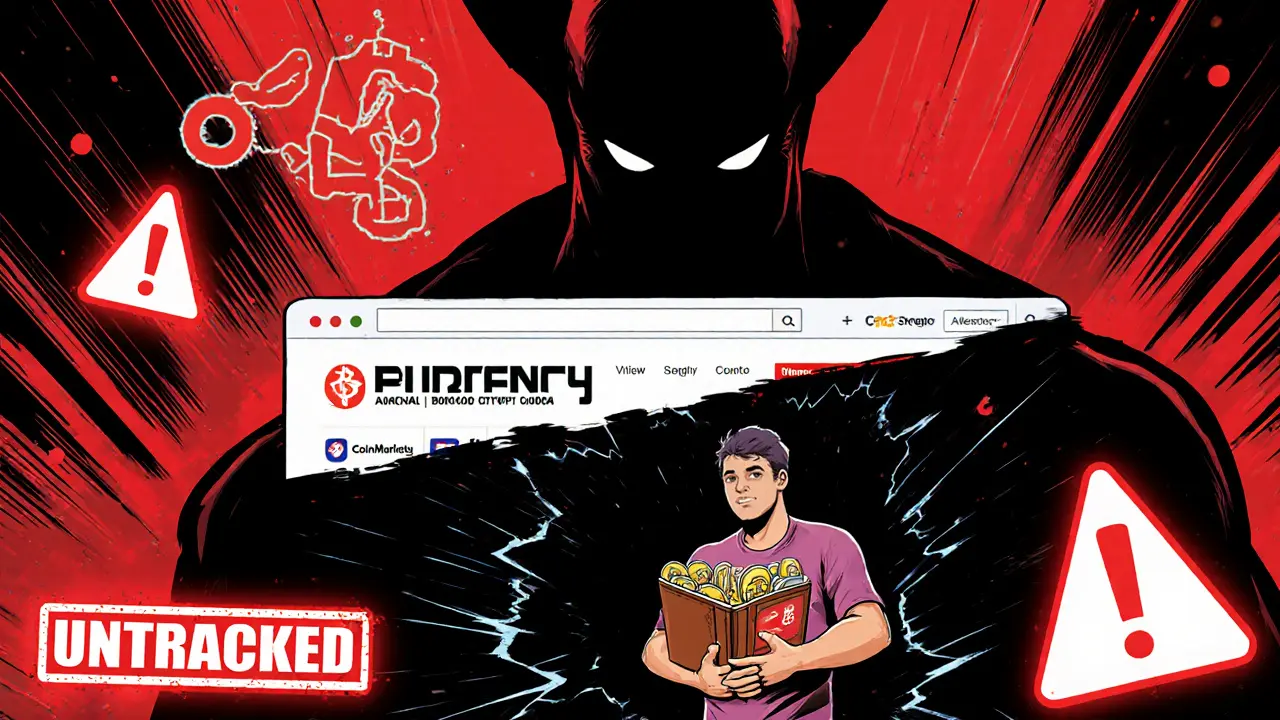When you hear about a new fake crypto exchange, a platform that pretends to be a legitimate trading site but has no real infrastructure, regulatory oversight, or security. Also known as sham DEX, it often copies the look of real sites like Uniswap or Binance to trick users into depositing funds that vanish overnight. These aren’t just risky—they’re designed to disappear. And they’re everywhere.
Most fake crypto exchanges, operate by luring users with fake airdrops, unrealistic returns, or fake partnerships with CoinMarketCap or Binance. Also known as phantom platforms, they rely on urgency: "Claim your tokens now before it’s gone!" But if the site has no whitepaper, no team names, no social media history, and no verified contracts on Etherscan, it’s a trap. Look at posts like the one on Shytoshi Kusama (SHY), a token with no team, no utility, and no real blockchain presence. Also known as meme scam coin, it’s not a project—it’s a lure. The same pattern shows up in Steakd (SDX), a token promising restaurant rewards but with zero trading volume and no working app. Also known as dead project token, it’s another example of how fake crypto exchanges use hollow promises to pull in cash.
And it’s not just tokens. Some fake exchanges pretend to be regulated, using fake licenses or forged logos. Others claim to be based in the U.S. or EU but have servers in countries with no crypto laws. You’ll see names like Bitfront or Zedcex in reviews—but those are real exchanges that shut down. Scammers reuse those names to confuse you. The real ones leave public records. The fake ones leave empty wallets.
How do you avoid them? Check the contract address. Look for audits from reputable firms like CertiK or Hacken. See if the team has LinkedIn profiles that match their claimed experience. Search for the exchange name + scam or fraud. If you find even one post like the one about REI token airdrop, a campaign that never existed with zero token supply. Also known as phantom airdrop, it’s a classic sign: if the project has no history, no community, and no trail, walk away. The posts below cover real cases of fake exchanges, scam tokens, and misleading airdrops. You’ll see exactly how these traps work—and how to spot them before you lose money.

Btcwinex was a fake crypto exchange that vanished in 2022 after luring users with fake airdrops. It had no trading volume, no support, and no legitimacy. Learn how to spot similar scams before it's too late.

Burency Global claims to be a regulated crypto exchange, but as of 2025, it has no trading volume, no user reviews, no regulatory proof, and no customer support. It shows all signs of being a scam. Avoid it and use trusted platforms like Coinbase or Gemini instead.